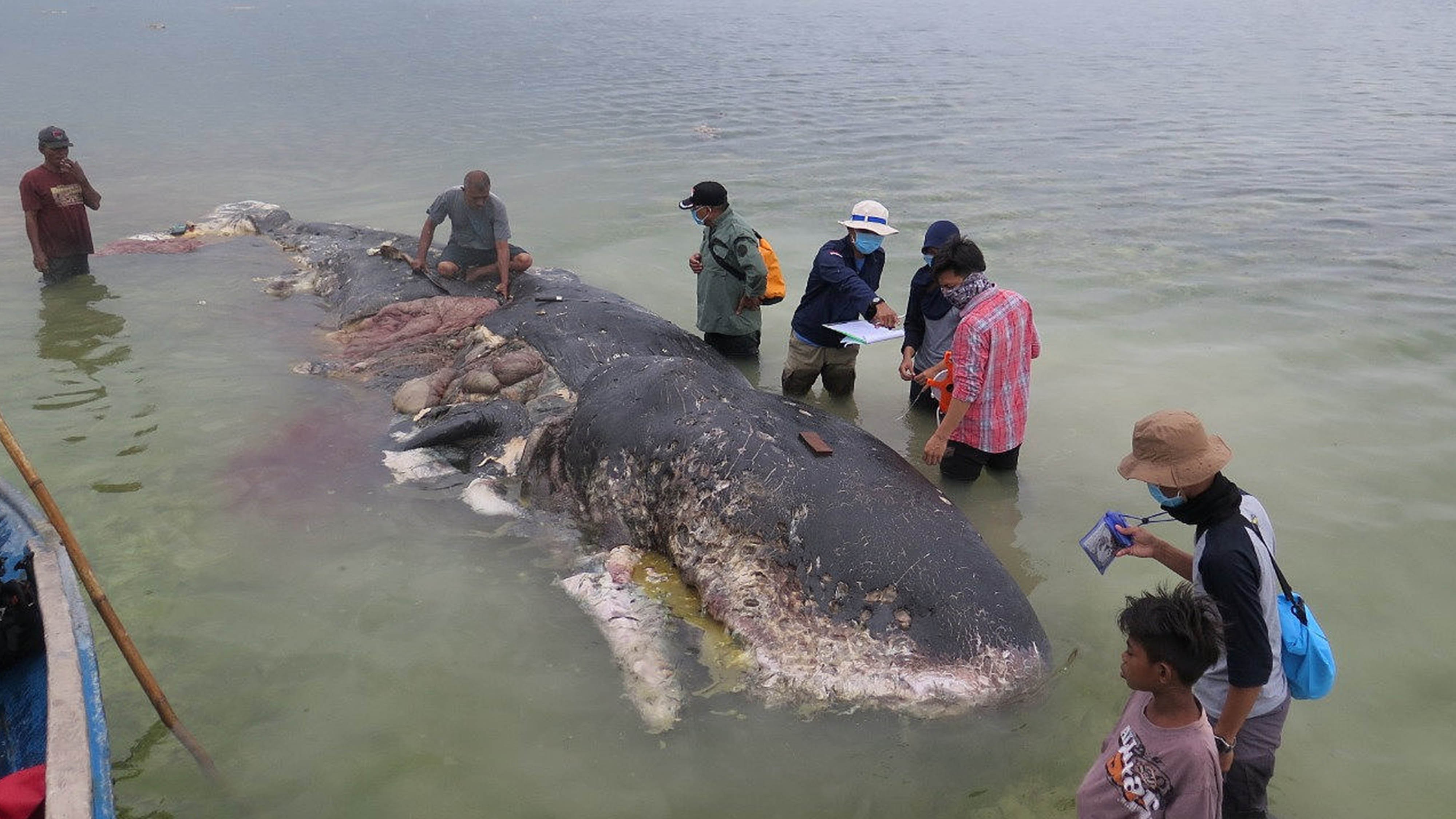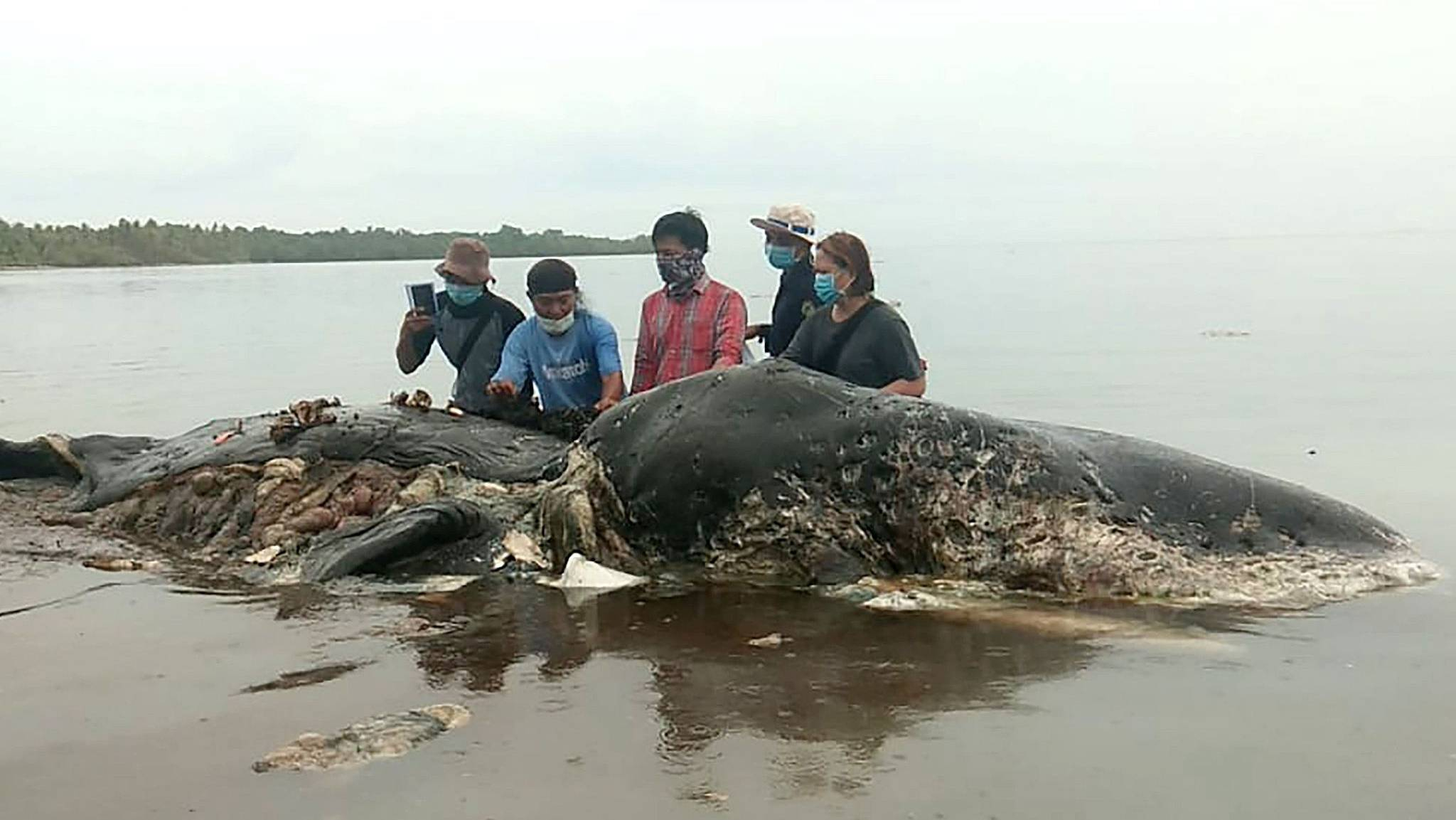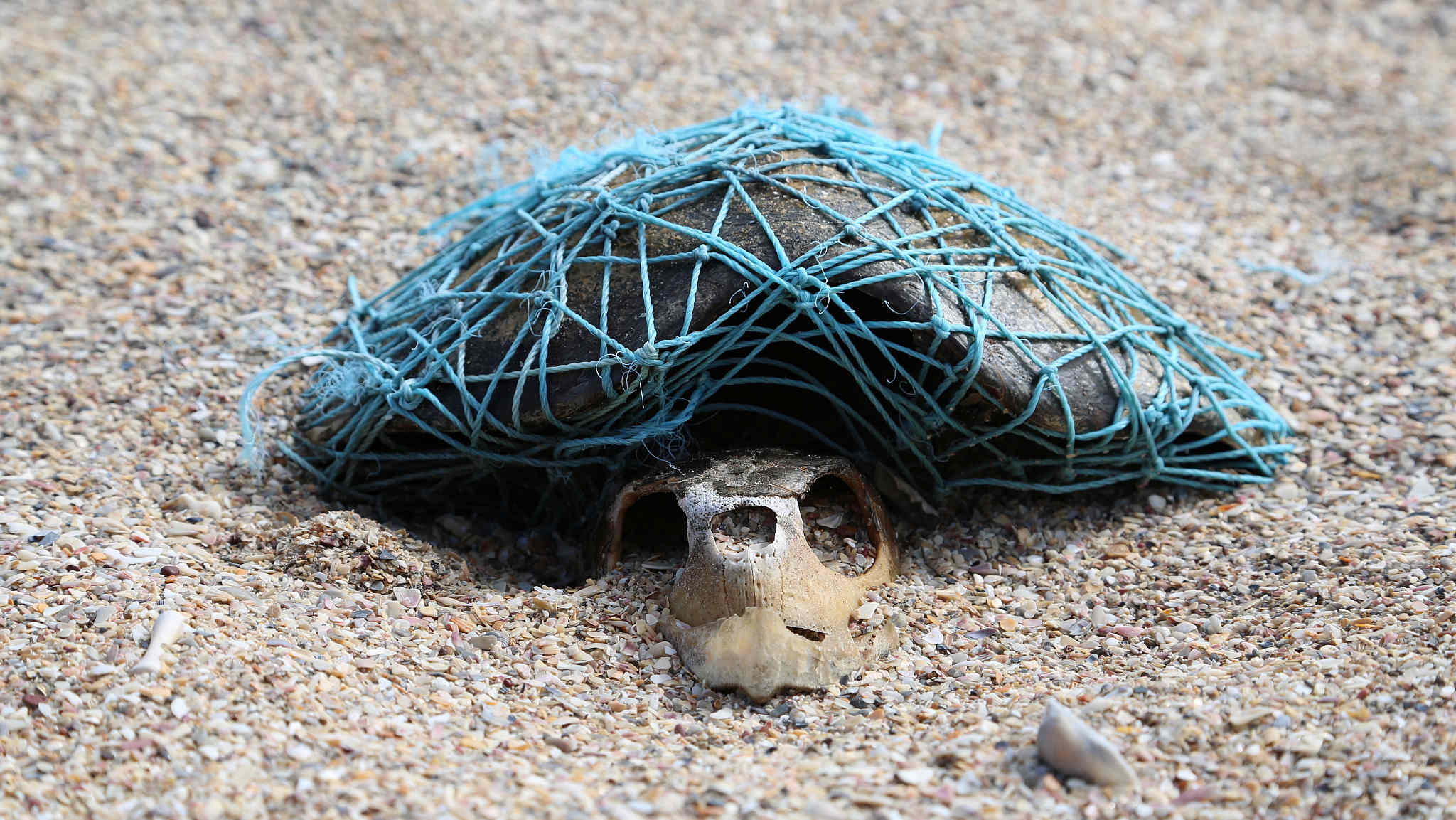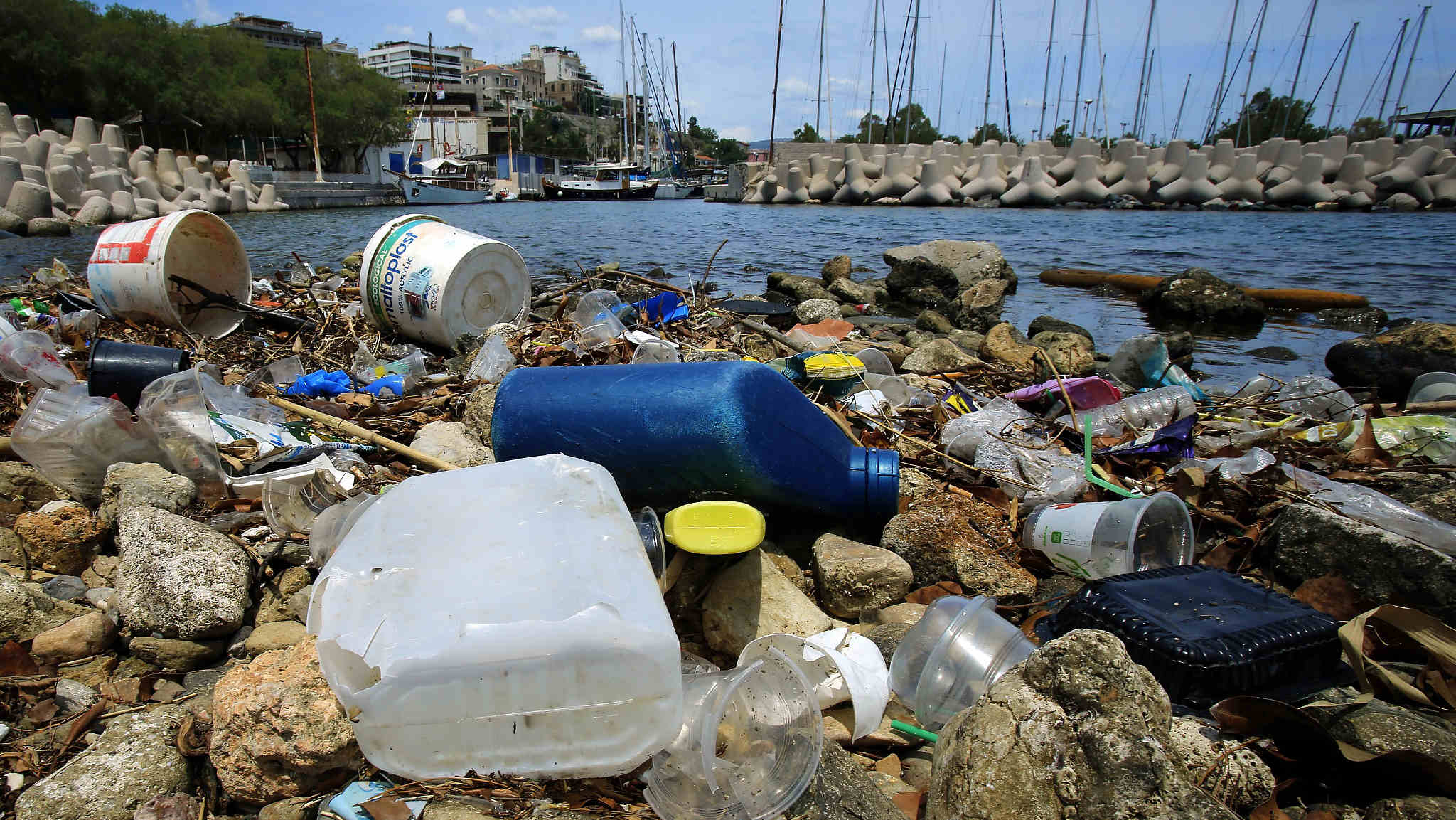
Nature
19:20, 22-Nov-2018
Growing pain: How plastic ends up inside marine animals
Updated
19:15, 25-Nov-2018
CGTN
00:40

Every once in a while, news about the plight of marine animals swimming in a sea of plastics comes to the surface – a painful reminder that current consumption behaviors are causing irreversible damage to the environment.
Earlier this week, the carcass of a sperm whale washed ashore on Indonesia's coast after it ingested six kilograms of plastic waste, including cups, bags, and flip-flops. A while back, a video that went viral online showed a sea turtle with a plastic straw stuck in its nostril.
Every year, some 12.7 million tonnes of plastic stuff wind up in oceans, causing disastrous consequences from chocking turtles, to trapping seals to poisoning whales.
Some sea creatures were found feeding their young plastic objects, with others appear to have chosen a diet of straws and tarps. Explaining such behaviors depends on each animal's sensory ability.
While humans can discern whether what they're about to put in their mouth is a plastic item, animals simply can't.
Many of the dead sperm whales found floating motionless have succumbed to plastic bags and car parts, among other indigestible objects. These animals hunt by relying on echolocation, which may misidentify harmful items as food.

A 31-foot-long whale is found to have ingested 115 plastic cups, four plastic bottles, 25 plastic bags, a nylon sack, two flip-flops and more than 1,000 other assorted pieces of plastic. /VCG Photo
A 31-foot-long whale is found to have ingested 115 plastic cups, four plastic bottles, 25 plastic bags, a nylon sack, two flip-flops and more than 1,000 other assorted pieces of plastic. /VCG Photo
Zooplankton have feeding appendages designed to handle particles of a certain size. Any and all particles falling into certain size category will be regarded as food.
Meanwhile, animals like the albatross, rely primarily on their sense of smell, with experiments suggesting that some species of seabirds and fish are attracted to plastic thanks to its odor.
The experiments revolved around dimethyl sulfide (DMS), a compound known to attract foraging birds and a chemical cue emanating from plastic. Algae usually grow on floating plastic and then eaten by krill, a major marine food source which releases DMS, attracting birds and fish that then munch on the plastic instead of the krill they came for.
Turtles, for their part, often mistake plastic bags for delicious jellyfish.
Another hazard to marine life is fishing nets. Each year, 136,000 whales, dolphins, seals and sea lions die as a result of fishing gear. Once entangled in a net, an animal is unlikely to ever be freed.

A turtle found dead trapped in a fishing net. /VCG Photo
A turtle found dead trapped in a fishing net. /VCG Photo
Such a pressing threat to marine lives has been countered with calls and initiatives to save these animals.
Reducing the amount of plastic we use at the source or using biodegradable materials are considered the main fundamental solutions so far.
Meanwhile, awareness of using less plastics in daily life should also be spread. Replacing plastic straws with ones made from bamboo pulp and making toothbrushes from wood are some of the alternatives to single-use plastics. A bio-degradable packaging that “disappears” through composting within six months also is also a good idea, in spite of its relatively expensive cost.

Plastic objects littered on the beach of Aegean Sea. /VCG Photo
Plastic objects littered on the beach of Aegean Sea. /VCG Photo
In the Netherlands, engineers have launched an ocean cleanup system called "System 001". It is an enormous, 600m long, floating rubbish collector, which collects plastic in a three-meter deep net, with a garbage truck ship collecting the plastic every few months.
(With inputs from BBC Earth, China Dialogue)

SITEMAP
Copyright © 2018 CGTN. Beijing ICP prepared NO.16065310-3
Copyright © 2018 CGTN. Beijing ICP prepared NO.16065310-3